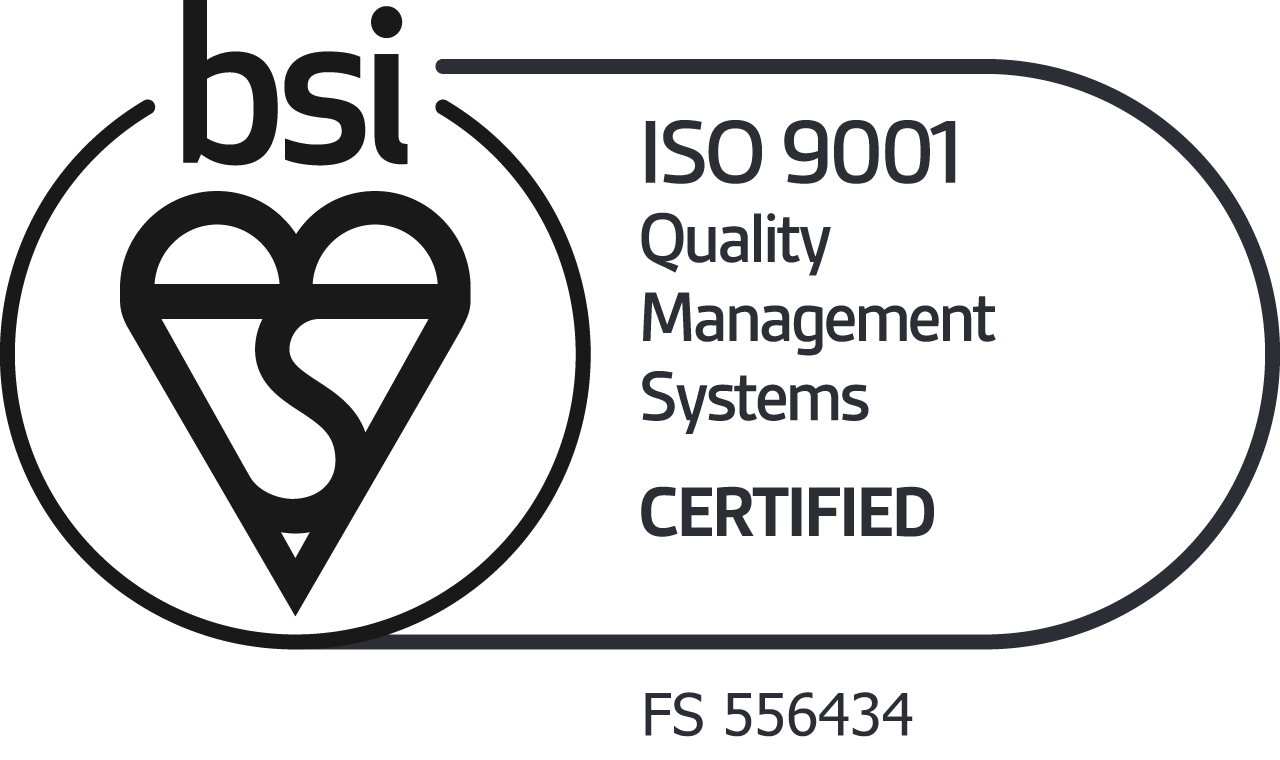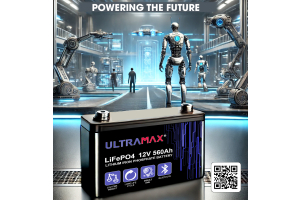The Evolution of Energy Storage Technology: Navigating the Past, Shaping the Future

The landscape of energy storage technology has undergone remarkable changes, adapting to the increasing demand for reliable and sustainable power solutions. From the primitive lead-acid batteries of yesteryears to today's cutting-edge Lithium Iron Phosphate (LiFePO4) systems, the journey reflects a continuous quest for efficiency and longevity. UltraMax stands at the forefront of this progression, offering advanced LiFePO4 batteries that cater to diverse sectors, including automotive, marine, and solar energy. For decision-makers and engineers, understanding the historical context and future potential of these technologies can inform strategic choices and project planning. By exploring the evolution of battery innovation, this article aims to provide valuable insights into how UltraMax can support your energy storage needs with high-performance and custom lithium battery solutions.
Historical Developments in Energy Storage
The history of energy storage reflects a series of technological advancements that have revolutionised how we store and use power. By examining the early developments and the ascent of Lithium Iron Phosphate (LiFePO4), we can better appreciate the innovations that laid the groundwork for today's cutting-edge solutions.
Early Battery Technologies
Early battery technologies were the foundation of energy storage. The first practical battery, the lead-acid battery, was invented in the mid-19th century. Lead-acid batteries were primarily used for automotive starter motors and backup power systems. Despite their bulk and limited cycle life, lead-acid batteries remained dominant due to their low cost and high power output.
In the early 20th century, the nickel-cadmium battery emerged. This type brought improvements in cycle life and energy density but had issues like memory effect and environmental toxicity. Nickel-cadmium found applications in portable electronics and aviation but was soon overshadowed by newer technologies.
The development of the nickel-metal hydride battery offered further enhancements, particularly in consumer electronics. With better safety and energy efficiency, these batteries were a step forward. However, their relatively high cost and lower energy density compared to emerging lithium technologies limited their widespread adoption.
Rise of Lithium Iron Phosphate
The rise of Lithium Iron Phosphate (LiFePO4) batteries marked a significant shift in energy storage technology. Introduced in the late 20th century, LiFePO4 offered improvements in safety and longevity over previous lithium-based batteries. As a cathode material, lithium iron phosphate provided stable thermal and chemical properties, reducing risks associated with overheating.
The use of LiFePO4 was particularly beneficial in applications where safety was paramount, such as electric vehicles and grid storage. Its long cycle life and robust power output made it ideal for these sectors, addressing both performance and safety needs.
Furthermore, LiFePO4 batteries demonstrated a reduced environmental impact due to the absence of cobalt, a material associated with ecological and ethical concerns. This development made them an attractive option for those seeking sustainable energy solutions.
The advancement of LiFePO4 technology can be credited with shaping modern energy storage solutions. Science Direct delves into the technical aspects and future potential of this technology.
The Role of UltraMax in Modern Solutions
UltraMax has played a pivotal role in advancing energy storage technology by focusing on high-performance LiFePO4 systems. These systems are tailored to meet the diverse needs of various industries, ensuring reliability and efficiency.
Advantages of LiFePO4 Systems
The advantages of LiFePO4 systems are numerous and impactful. Firstly, these batteries offer a long service life, often exceeding 2000 cycles, which translates to several years of dependable performance. This longevity is crucial for applications requiring consistent, long-term energy storage.
Safety is another significant advantage. LiFePO4 batteries are known for their stable chemistry, which greatly reduces the risk of thermal runaway. This makes them a preferred choice in sectors demanding stringent safety standards.
The environmental benefits are also noteworthy. The absence of hazardous materials like cobalt and the recyclable nature of LiFePO4 cells contribute to a lower environmental footprint. This aligns with growing demands for sustainable energy solutions.
In terms of performance, LiFePO4 systems deliver high power output and efficiency, essential for modern applications like electric vehicles and renewable energy storage. According to TÜV SÜD, these benefits underscore their suitability for varied industrial needs.
Custom Energy Solutions Across Industries
Custom energy solutions are a hallmark of UltraMax's approach. These bespoke systems cater to the specific requirements of sectors such as automotive, marine, and renewable energy. By collaborating closely with clients, UltraMax ensures that each solution is optimised for its intended use.
- Automotive Sector: UltraMax provides tailored battery systems for electric vehicles, focusing on range extension and safety.
- Marine Applications: Custom solutions for marine use emphasise corrosion resistance and longevity, vital for harsh environments.
- Renewable Energy: In solar and wind applications, UltraMax's batteries support efficient energy storage and grid stability.
The versatility of UltraMax’s offerings allows for seamless integration across various platforms, ensuring that each industry benefits from reliable and sustainable power solutions. Virtual Peaker highlights the adaptability of these solutions in modern energy landscapes.
Future Trends in Battery Innovation
As technology advances, so does the potential for new battery innovations. By exploring emerging technologies and sustainable practices, we gain insight into the future of energy storage.
Emerging Technologies and Applications
Emerging technologies in energy storage are paving the way for innovative applications. Solid-state batteries are one such development, promising enhanced safety and energy density by replacing liquid electrolytes with solid materials. This change could revolutionise electric vehicles and portable electronics.
Another promising area is sodium-ion batteries, which offer a cost-effective alternative to lithium-based systems. With abundant raw materials, sodium-ion batteries could address supply chain constraints and reduce costs, making them ideal for large-scale energy storage.
These advancements open doors to new applications, from grid-scale storage to wearable technology. The diverse potential of emerging technologies is further examined in studies found in the IEEE Xplore database.
Sustainable Energy Storage Practices
Sustainability is a cornerstone of future energy storage developments. Circular economy practices are increasingly adopted in battery production, focusing on reducing waste and recycling materials. This approach not only conserves resources but also minimises environmental impact.
- Recycling Initiatives: Efforts are being made to improve the recycling rates of battery materials, particularly lithium and other critical components.
- Eco-friendly Materials: The industry is exploring the use of sustainable materials in battery production to lower the ecological footprint.
- Energy-efficient Manufacturing: Advancements in production processes aim to reduce the energy consumption associated with battery manufacturing.
By prioritising sustainable practices, the energy storage sector can make significant strides towards reducing its environmental footprint. Such efforts are crucial in meeting the global demand for greener energy solutions and are supported by extensive research, as indicated by resources from Science Direct.














